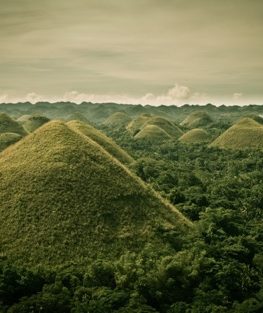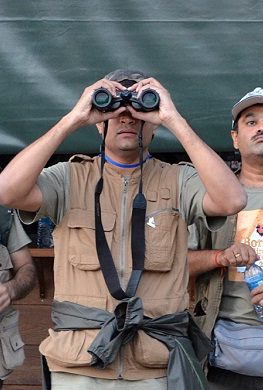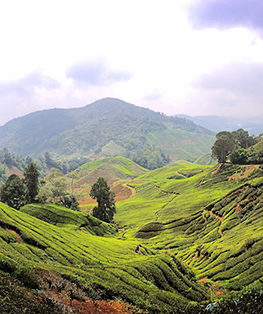Published on June 3, 2020
Get ready for another installment of Culture and Heritage throughout the ASEAN region. Within Malaysia and Myanmar, there are so many fantastic sights to see and heritage to learn about. Read on to discover more about these two beautiful countries.
Malaysia
Within Malaysia, visitors will find an incredible balance of nature and man-made creations to explore. Regardless if you’re exploring Kuala Lumpur or drinking tea in the Cameron Highlands, the culture of Malaysia radiates brightly through each experience.
Perdana Botanical Garden in Kuala Lumpur
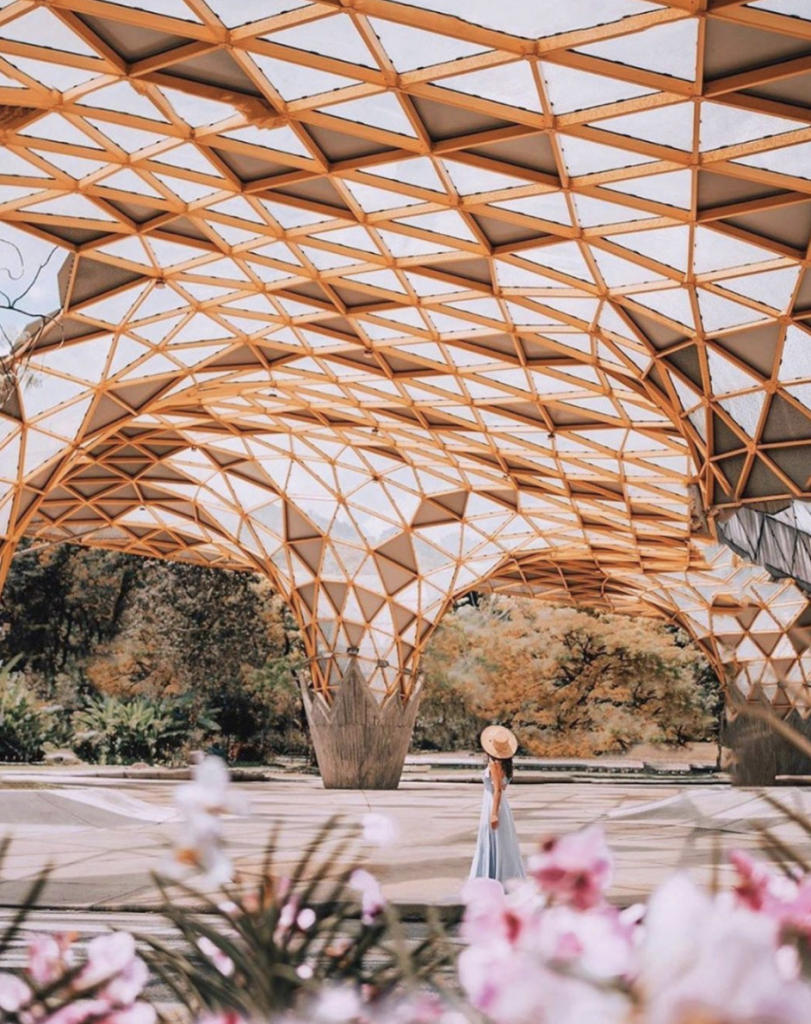
In 1888 A.R. Venning, the then state treasurer of Selangor, built what was known as the Lake Gardens. Holding concerts and fishing contests as a public park over the years, in 2011, Lake Garden began its transition from a public park to a botanical garden. The now named Perdana Botanical Gardens have brought a bounty of beauty to Kuala Lumpur. Built around a man-made lake, the park covers 227 acres of land. Explore the bird park and butterfly park, as well, both located within the gardens. Other outstanding features include a herbarium, a library, and the Laman Perdana, a meeting point in the middle of the garden which often hosts events. Take a stroll around to see all the charming sights the botanical garden has to offer.
Ipoh
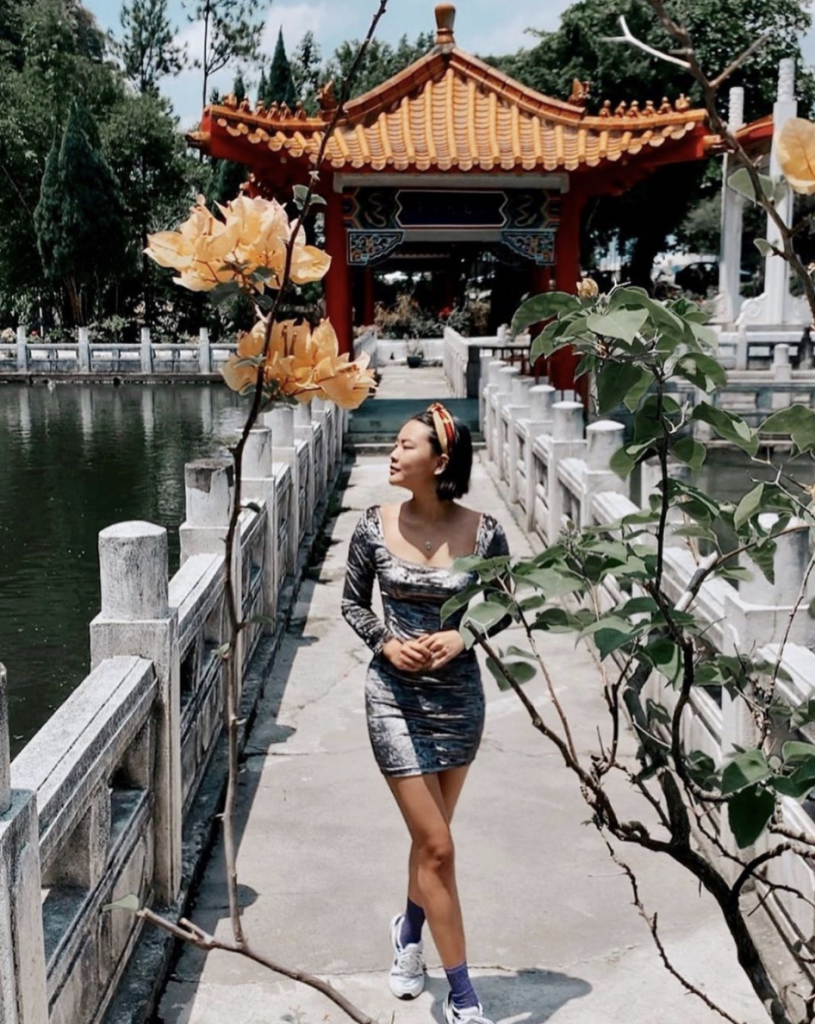
Known by locals as “the town that built tin” between Kuala Lumpur and Penang sits the city of Ipoh, formally the world’s biggest tin producer. Today, the capital city of Perak is blooming again, as a can’t-miss destination for visitors to Malaysia. From its beautiful cave temples to its quirky art museums, wandering around this city rejuvenates the soul while providing a window into Malaysia’s past and present. The food is another tasty draw to Ipoh as cafes have been popping up in the area with vigor. Try the city’s famous white coffee as you explore the nooks and crannies that make this city so mesmerizing.
Kota Kinabalu City Mosque
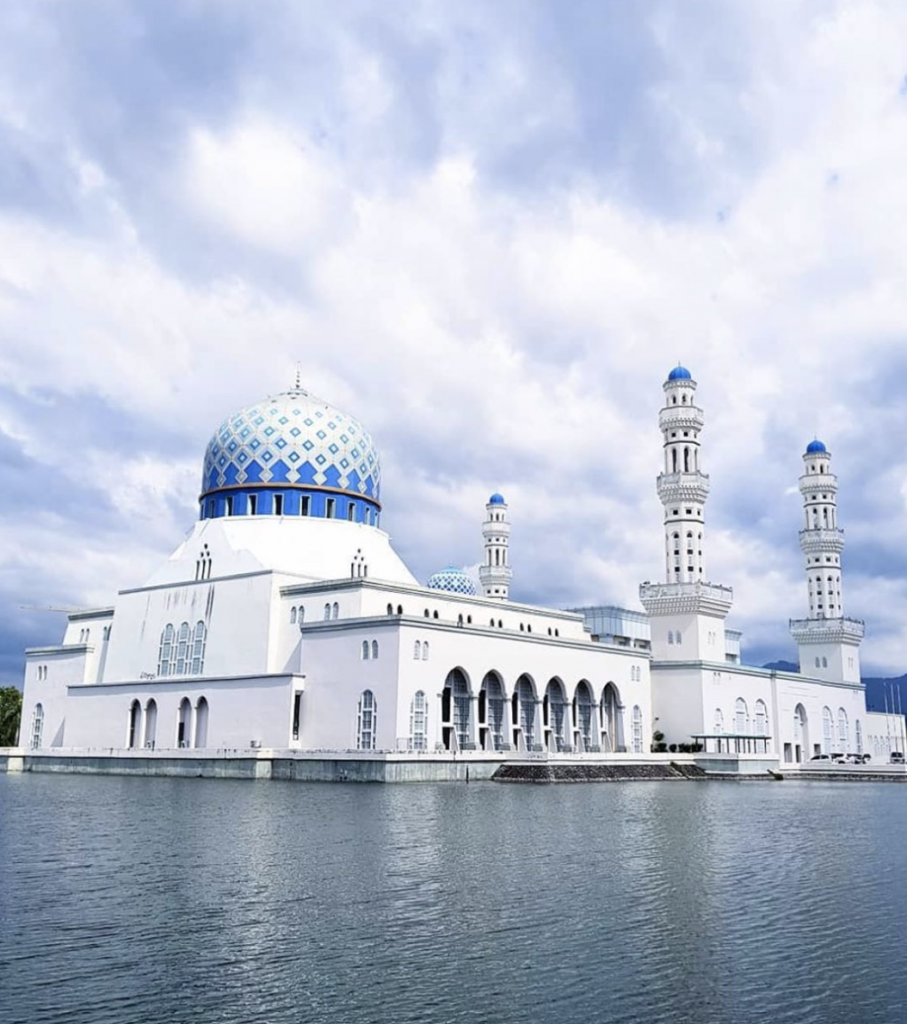
The “floating” Kota Kinabalu City mosque was built in the year 2000 after Kota Kinabalu became a city. Thanks to the man-made lagoon that surrounds it, the appearance of it floating is actually an optical illusion. The mosque can hold 12,000 people at a time and was designed in the style of the Prophet’s Mosque in Medina, the final resting place of Prophet Mohammad. Located on Likas Bay, the mosque is most easily accessible by taking public transportation from Kota Kinabalu’s city center. Even with its relatively new construction, it is considered one of the most beautiful structures in Malaysia.
Cameron Highlands Tea Plantations
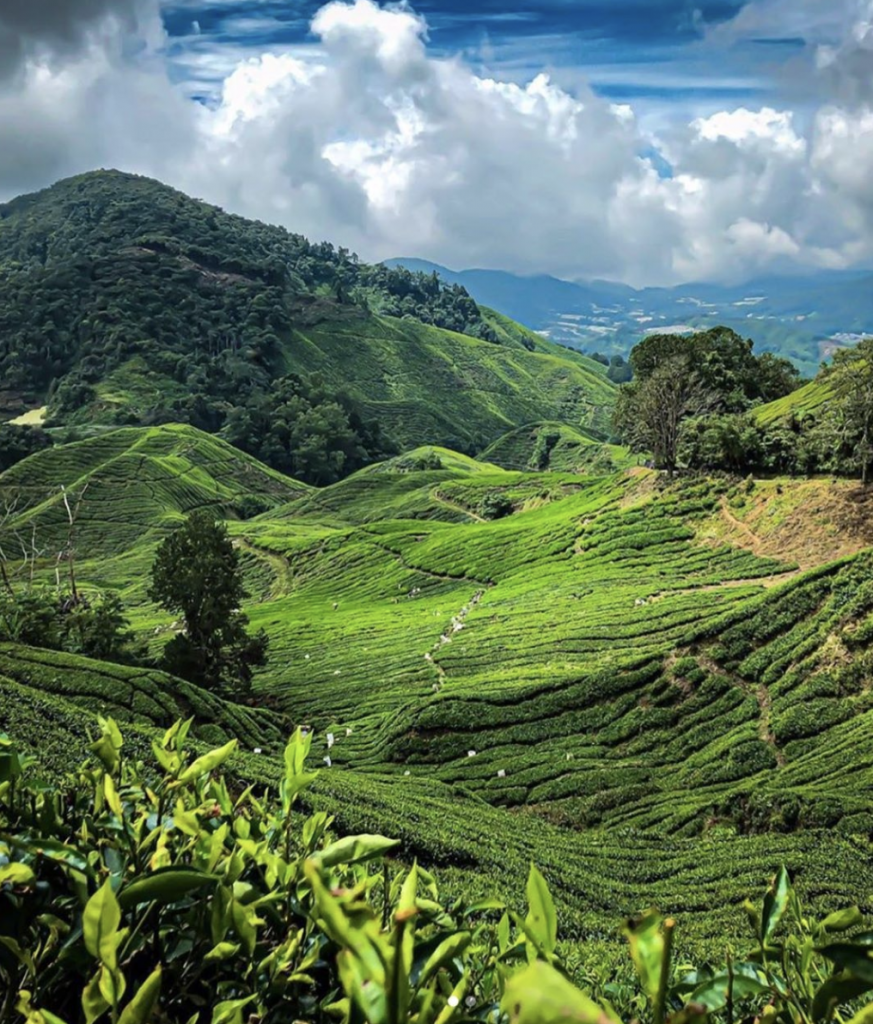
In the Cameron Highlands of Malaysia, visitors can find the largest tea plantation in all of Southeast Asia. Spread across 8,000 acres, BOH Tea Malaysia includes a factory, in-house cafe, and shop. The plantation now produces over 5.5 million cups of tea a day, equalling out to a grand total of 4.4 million kilograms of tea per year. The area encompasses a variety of townships and is named after Sir William Cameron, who mapped the area in 1885. The higher elevation leads to cooler temperatures- perfect for a cup of tea and a trek around the area. Though accessible through Perak, the highlands sit in Pahang.
Once you’ve made your way around Malaysia, the temples and beauty of Myanmar call.
Myanmar
In the northern region of Southeast Asia, Myanmar serves as an entry point of sorts. Its wide array of pagodas is undoubtedly a treat for anyone, new or well-traveled in the region. Ananda and Kakku Pagodas are both standouts in a country where the sights always delight.
Thanaka Is The Secret To Beauty In Myanmar
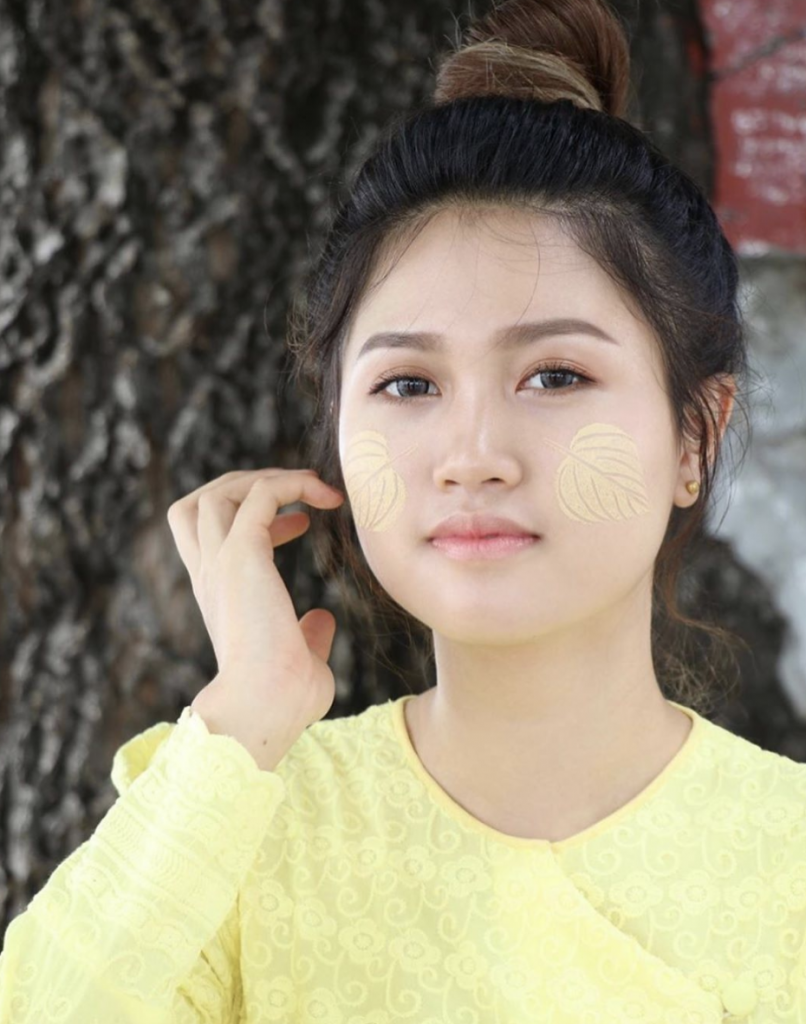
The first cultural aspect visitors to Myanmar may notice are the cosmetic face paintings or make-up used by its residents. For the past 2,000 years, Thanaka, derived from tree bark, has been used as a traditional powder in Myanmar. It acts as a natural sunscreen and is considered to be the secret to beauty in the country. Visitors to the country can try using Thanaka on their own skin in a cream or powder as a pattern or rubbed on to protect against the sun before heading to many cultural sites this beautiful country has to offer.
Ananda Pagoda
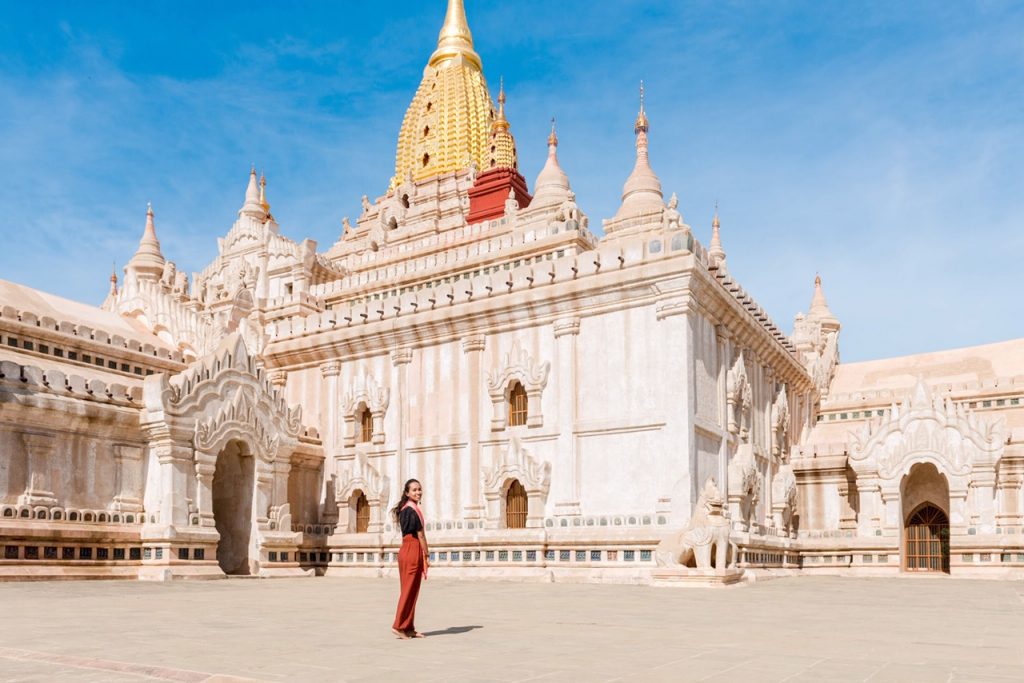
Built at the turn of the 12th century (1091 A.D) by King Kyanzittha, the Ananda Pagoda is a remnant of the Bagan period in Myanmar. Located in the ancient city of Bagan, although the temple was damaged in the earthquake of 1975, it has been fully restored and is well maintained by frequent painting and whitewashing of the walls. The structure of the temple has the layout of a Greek cross. In the center of the pagoda, there are nine and half meter tall four huge statues 5 representing the previous Buddhas that have reached Nirvana. Explore the complex to learn more about this time in Myanmar’s history.
Kakku Pagodas
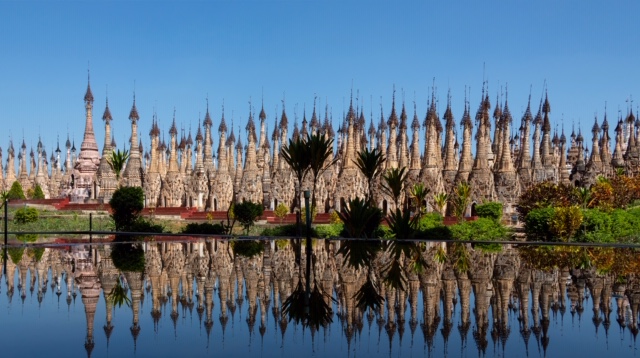
Appearing almost like a needle fortress, up close the Kakku Pagodas are an accessible and intriguing set of structures to walk through. Though primarily built in the 17th and 18th centuries, the largest is believed to be from the 12th century. In total, there are 2,478 needle stick pagodas. Located in Shan State, the area is more remote than other pagodas making it less visited but accessible via a tour or taxi. If you visit on your own, paying for a guide will be required once you arrive. Make sure to get a photo at the reflecting pool as the pagodas duplicate.
Malaysia and Myanmar are both wonderful examples of the diverse culture which is interwoven throughout Southeast Asia. Places of worship both new and old, transforming gardens, and beautiful traditions await in this region of the world.



